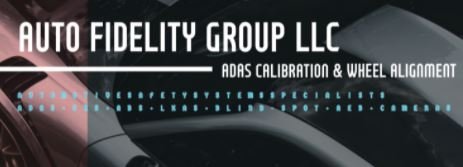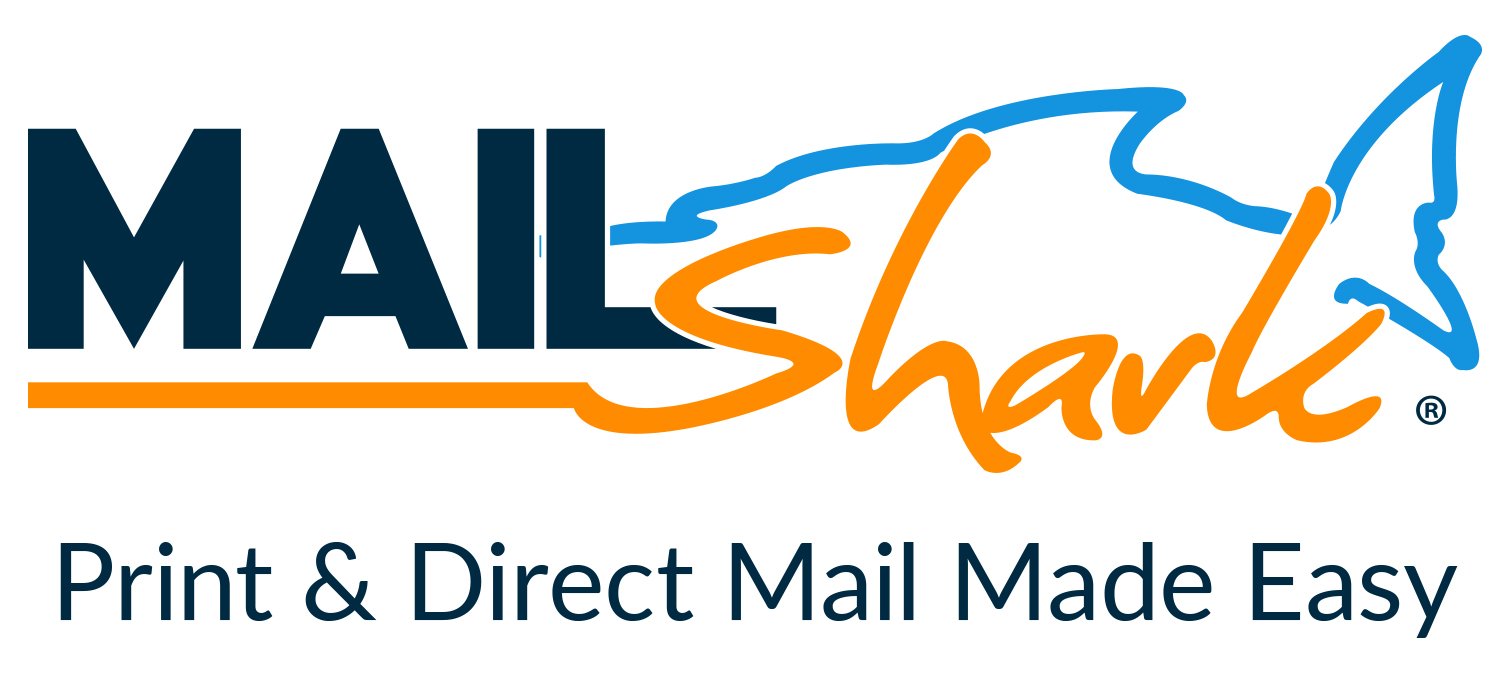Raising your labor rate and trying to increase your average ticket dollar amount in an effort to increase income may not be the way to financial stability. In fact, it might just make you fail! Before you send for the men in white coats and call me crazy, please have an open mind and read on.
Like many of you, I once shared the belief that a high labor rate, quality work, high-ticket averages and superior customer service was the business strategy to create a successful repair shop. I also believed that the customers should never control the flow of work in my bays by dictating to me when they need service and that I should carefully plan out the day. There was also a time when I would refuse a walk-in for an oil change because I had too much work in the bays. Well, I’m here today to tell you that for me, this strategy is dead. It died along with the carburetor, points and condenser. The quality of your work, tracking key performance numbers and providing great customer service still holds true, but in today’s business world, it’s not enough.
Look around at the world today. Has anything changed? You bet! We live in a fast past world where people balance work, family, fun, Church and other obligations. Both Mom and Dad have careers and are running from ballet to baseball. The media has been drumming into our head for the past thirty years that great service is getting what you want now and fast. Why do people today value their time so much? Because they have so little of it.
So, here’s the scenario. Its Tuesday 2:00pm and Mrs. Smith arrives at your shop unexpectedly with a check engine light on. You politely and professionally tell Mrs. Smith that you would be more than happy to take the car in on Thursday. Now, she’s starts processing in her mind what she needs to do on Thursday: She needs to leave work early to bring her daughter to the dentist at 1:00pm and needs to be back at the office by 3:00 for a meeting, then dinner at 5:30 and the P.T.A at 7:00. “No, Thursday won’t do”, she says. Respectfully, you answer, “How’s next week?”
At this point she gets frustrated and says she will let you know. You just may have lost a customer. You viewed her problem as a check engine light and how you would fit her car into YOUR calendar. She perceived her problem as another way to balance an already demanding schedule.
Now let’s talk about labor rates and average repair order dollars, and I will hopefully tie all this together. Concentrating on bigger tickets and labor rates as a way to overcome inadequate car counts and low profit will simply not work. I’m not saying you shouldn’t charge what you are worth. I don’t give anything away in my shop and charge accordingly. But, what I’m more concerned about in today’s market is opportunity. I concentrate on maintaining healthy car counts to give me the opportunity to sell more. Today’s cars are not like those built in the 70’s and 80’s. You don’t have the highly profitable repair work anymore and cars are more reliable. Take a look at what the automakers are taking away from us: Timing belts, plugs/wires, fuel filters, distributor caps, rotors, etc. Not to mention long life coolant, transmission fluid and extended oil change intervals.
This means you will need a healthy car count in order to give your shop the opportunity to sell profitable service work. This also means that you will need to be very proactive in managing your customer’s vehicle maintenance. You will need to be very innovative in your approach on maintenance and service, and diversify your services to fit a broader range of consumers.
Successful “Big-Box” stores understand the law of compounding and moving product. Even in these tough economic times, Home Depot would rather sell 1,000 cans of paint a week and make $6.00 on a can, then make $12.00 per can and only sell 300. Why? Having that many people coming through their doors buying paint increases sales in other areas, such as paint brushes, primer, rollers and drop clothes. Again, when you increase the number of customers, you increase the opportunity to sell more products. This is the law of compounding sales through opportunity.
Before you go lowering your prices, STOP. Most of us sell at a fair price already. What I’m suggesting is that when you increase car counts, you give yourself more opportunity to move product: such as air filters, cabin filter, batteries, wipers and other items. Plus, you are working on building a customer base that will more likely return in the future because your willingness to work around their schedule.
You may have loyal customers, but if you’re not perceived as convenient and not willing to accommodate them when they need you, you may not be capitalizing on your potential to fully satisfy a customer.
How do you increase traffic to your bays? Say “YES” as much as possible. Be more accommodating. Try to work around your customer’s schedule, not yours. Be more flexible. Your daily planner is not written in stone. Promote while-you-wait service, if at all possible. At my shop we welcome walk-ins and promote while-you-wait service. It has proven to be a gold mine of opportunity for us. I do understand that smaller 2 or 3 bay shops may not be able to handle a flood of waiting customers. For these shops you may need to rethink your business model to insure that your daily scheduled jobs are balanced properly in order to maximize opportunity. Remember; opportunity equals profit.














Recommended Comments
Create an account or sign in to comment
You need to be a member in order to leave a comment
Create an account
Sign up for a new account in our community. It's easy!
Register a new accountSign in
Already have an account? Sign in here.
Sign In Now